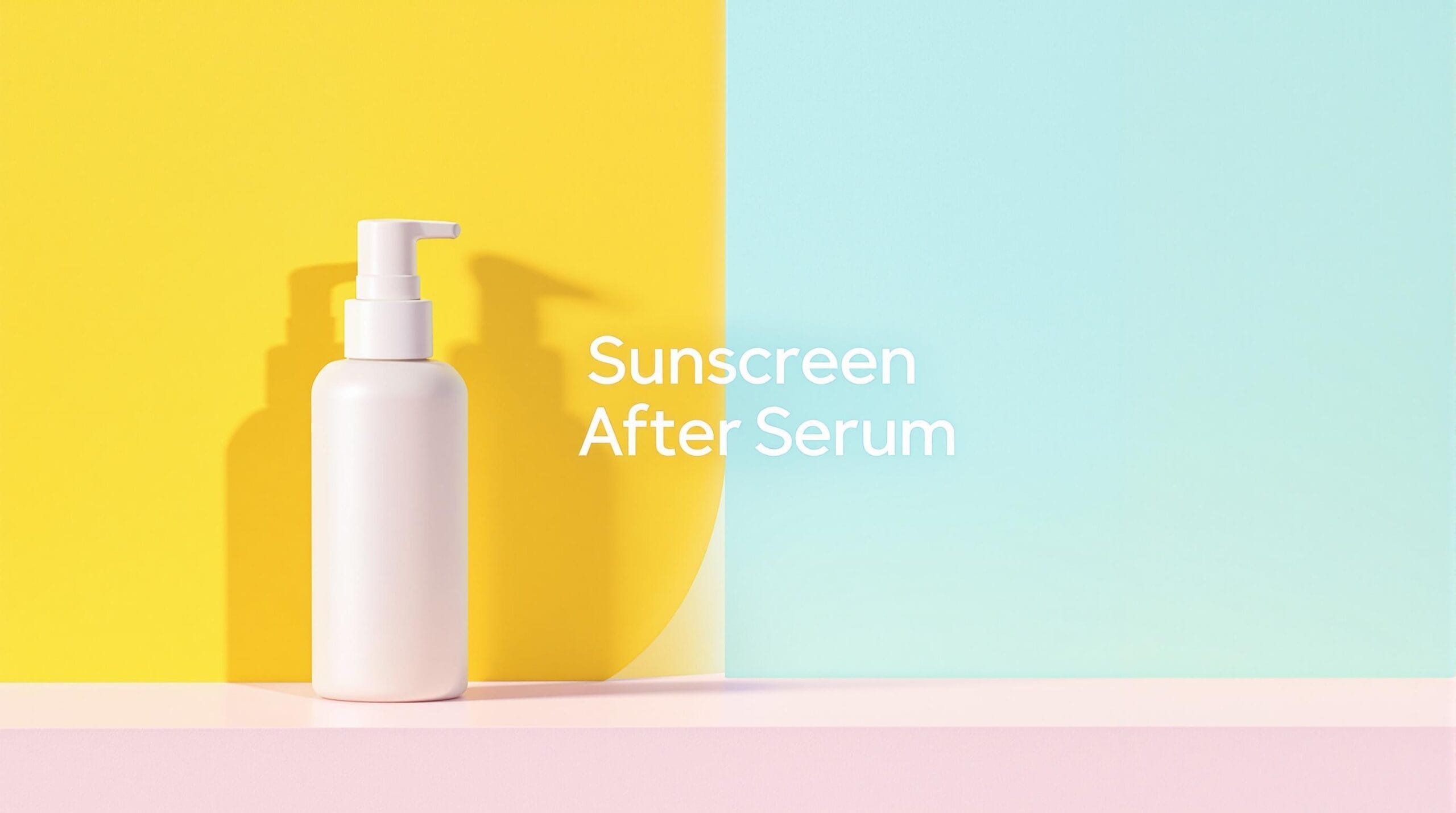
Sunscreens are a cornerstone of any effective skincare routine. It shields the skin from harmful UV rays, preventing damage and premature aging. As skincare enthusiasts incorporate various products into their regimen, questions about layering arise. One such question is whether we should apply sunscreen after using a serum. While debates continue, understanding the compatibility and order of products is key.
Layering products correctly ensures that each skincare solution works effectively. The compatibility between serums and sunscreen is essential in maximizing both protection and nourishment. In this article, we explore their relationship and guide you through optimal application techniques. Join us in unraveling the benefits and best practices of combining these skincare essentials.
The Dynamic Duo: Understanding Serums and Sunscreens
Serums are lightweight, easily absorbed liquids that deliver active ingredients deeper into the skin. They target specific skin concerns such as hydration, anti-aging, and brightening. Popular serums contain active ingredients like hyaluronic acid, vitamin C, and retinol, providing concentrated benefits that enhance skin health.
Broad spectrum sunscreens are formulated to protect the skin from UV radiation. They prevent sunburn, help reduce the risk of skin cancer, and slow down signs of aging. An effective sunscreen should offer broad-spectrum protection and have an SPF of at least 30. By understanding the role of each product, we can appreciate their distinct contributions to a comprehensive skincare routine.
Serum First, Sunscreen Second: A Winning Strategy?
Experts recommend applying serum first, followed by sunscreen. This order allows serums to deliver active ingredients directly into the skin. Once absorbed, applying sunscreen creates a protective barrier against UV rays. This method ensures that both products function effectively without compromising each other’s benefits.
Proper layering promotes optimal absorption and protection. By allowing serums to penetrate the skin first, you maximize their efficacy. Following with sunscreen ensures your skin remains safeguarded from environmental aggressors. This strategy highlights the importance of order and timing in skincare routines.
The Perfect Match: Which Serums Play Nice with Sunscreens?
Certain serums complement sunscreens due to their compatible ingredients. Hyaluronic acid serums, known for their hydrating properties, pair well with sunscreen, enhancing skin moisture while providing sun protection. Vitamin C serums can boost sunscreen effectiveness by protecting against free radicals.
However, some combinations may be problematic. Retinol serums, when used during the day, can increase sun sensitivity. Opt for formulations designed for daytime use, or follow nighttime routines. Choose products that align in formulation to ensure maximal benefits and minimal interactions.
Tips to Optimize Your Sunscreen Application After Serum
For best results, follow these steps when applying sunscreen after serum. Begin with clean, dry skin. Apply a thin layer of serum and wait for it to absorb fully, 2-3 minutes is usually sufficient. Once absorbed, layer on a broad-spectrum sunscreen with an SPF of at least 30. Ensure even coverage for effective protection.
Applying sunscreen properly is crucial for maintaining its protective qualities. Be mindful of coverage, especially near the edges of your face and neck. By following these simple steps, you can confidently incorporate both serum and sunscreen into your daily regimen.
Common Mistakes: What Not to Do with Serums and Sunscreens
Avoid common pitfalls in skincare layering. Skipping sunscreen is a frequent mistake, leaving the skin vulnerable to UV damage. Mixing incompatible ingredients can also lead to irritation or reduced performance. Be cautious when combining actives, and research potential interactions.
Misconceptions about SPF use also abound, such as relying solely on SPF in cosmetics or applying too little. Use adequate amounts and reapply as needed to maintain protection. Understanding these misconceptions ensures you get the best from your skincare products.
Frequently Asked Questions: Sunscreen and Serums
| Question | Answer |
|---|---|
| Can I use different types of serums under sunscreen? | Yes, but select serums with ingredients that won’t interfere with sunscreen efficacy. |
| How long should I wait after applying serum to apply sunscreen? | Wait approximately 2-3 minutes for the serum to absorb before sunscreen application. |
| Can using products with SPF serve as a substitute for regular sunscreen? | No, make sure to use a dedicated sunscreen for comprehensive protection. |
The Bottom Line: Mastering Your Skincare Routine
To sum up, applying sunscreen after serum is effective and beneficial. This method ensures serums penetrate the skin while providing necessary sun protection. Daily sunscreen use is critical regardless of the serums applied, securing your skin against harmful UV rays.
Experiment with your skincare routine to find what works best for you, keeping proper layering techniques in mind. Observing these recommendations can lead to healthier, radiant skin.
The Shocking Truth About Sunscreen Application: Are You Making This Common Mistake? >>>
The Shocking Truth: Can You Really Apply Sunscreen After Vitamin C Serum? >>>
Unlock the Secret: Can Sunscreen Actually Whiten Your Skin? Find Out Now! >>>







